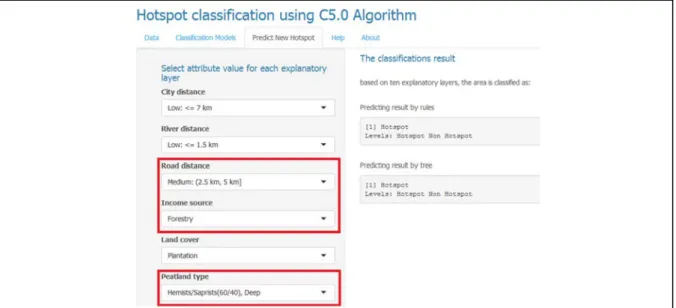Web-based Classification Application for Forest Fire Data Using the Shiny Framework and the C5.0 Algorithm
Full text
Figure




Related documents
Building upon earlier studies on investment and return on infrastructure, this paper investigates the causal relationship between aviation connectivity and regional economic
Things would be different if we could separate biomass into fractions that can be used to produce food, feed, biobased products (chemicals, materials), and/or bioenergy (fuels,
This paper is based on research conducted in the field of architecture of traditional houses in the Isfahan city to discuss the restoration and repair plan
Problems of the output maximization (cf. Table 3) type have been dealt with in 94 papers (59.5 %), but only two types (out of seven problem types in total) have received significant
The combination of organization, leader, and employee development of organizational citizenship behavior and contributor team player behaviors through adult learning will yield
Second, the basic assumption of social category theory is sociological theory which states that even though modern lecturers and students in the Wira Bhakti Denpasar College
Significant changes have been bought about in the administration of justice directed at the problems caused by adversarial mode of criminal procedure. The reforms have
Common space monthly or seasonal expense: insurance, grass cutting, leaf pickup, snow removal, dumpster. services, outdoor electrical lighting and water for irrigation